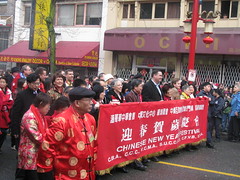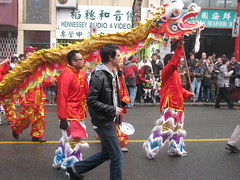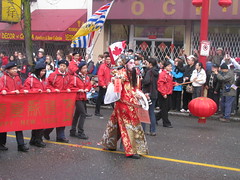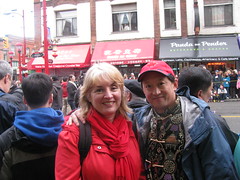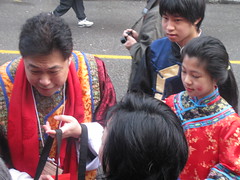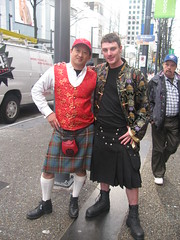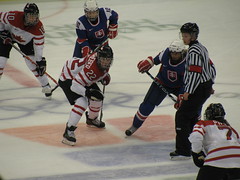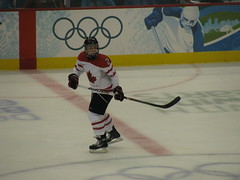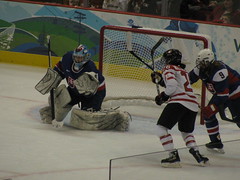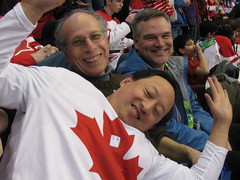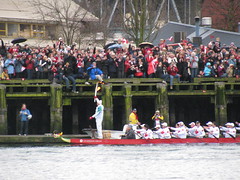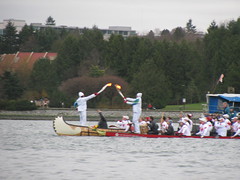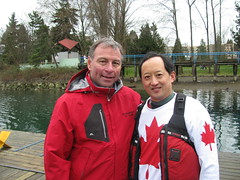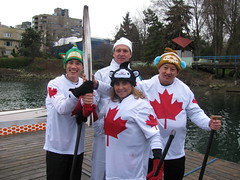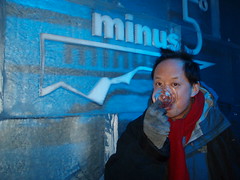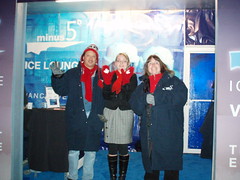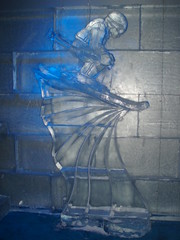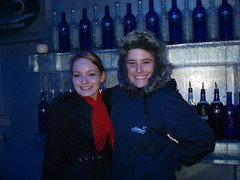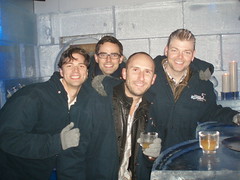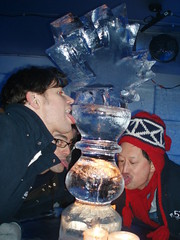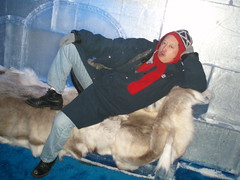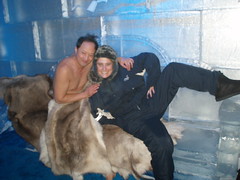Gung Haggis Fat Choy in the USA

Ocean City Restaurant
609 S. Weller St.
Seattle Chinatown, WA
Ticket Price US$35
Reservations
required
Scottish Troubadour Red McWilliamsBelltown Martial Arts Lion Dance Troop
Master, David Leong
Pipers Don Scobie & Paul Vegers
Drummers Thane Mitchell & Steven Wheel
Kenmore and District Pipeband
Pipe Major, Jim McGillivray The Asian Youth Orchestra
Director, Warren Chang
Scottish Highland Fiddler Susan Burke with Bill Boyd
Here's the information from the Caledonians Website
Gung Haggis Fat Choy! Huh?! In 2007 Bill
McFadden, President of the Caledonian & St. Andrew's
Society, introduced Todd Wong's trademarked production of “Gung Haggis
Fat Choy” to Seattle. Billed as “A Celebration of Chinese New Year and
Robert Burns' Dinner”, the laughter-filled evening included haggis, a
delicious Chinese dinner, Pipes & Drums (traditional and fusion
style), sing-alongs (including “When Asian/Scottish Eyes are Smiling”
and “My Haggis/Chow Mein Lies Over the Ocean”), Poems, The Address tae
the Haggis (delivered in rap to an enthusiastic and responsive crowd)
and Auld Lang Syne sung in both Mandarin Chinese and English.
For February 21st, 2010
BIll has worked out improvements, and Gung Haggis Fat
Choy IV will be the best year! We will celebrated the
251st Birthday of Robert Burns and Chinese Lunar New Year Year of the
Tiger with an 8 Course Chinese Dinner, Haggis, Raffle/Door Prize, and
musical entertainment featuring: Emcee “Toddish McWong” and
his inimitable “Address tae the Haggis Rap”, “Red” McWilliams, Sifu
David F. Leong's Belltown Martial Arts, Kenmore & District Pipe
Band, Piper Don Scobie and Asian Youth Orchestra – Warren Chang, Director
Toddish
McWong's
2010 Gung Haggis Fat Choy IV (Seattle style)
Produced by Bill McFadden
The fourth
annual event has been scheduled for
Sunday, February 21st 2010 5-9pm
Ocean City Restaurant
609 S. Weller St.
Seattle, WA
Ticket Price US$35
Reservations
required
For tickets and additional information
please contact
Bill McFadden
(206) 364-6025
bill@gunghaggisfatchoy-seattle.com
Please click here to go to the gunghaggisfatchoy-seattle.com web site.

Todd
Wong (aka “Toddish McWong”) of Vancouver, B.C., creator of Gung Haggis
Fat Choy. Recognized in the Scottish Parliament's exhibition: “This
is Who We Are: Scots in Canada”. Photo taken in Edinburgh, October of
2009.
Please click here to view photos in our Gallery from the '07 event in Seattle.
Please click here for a sample of “Toddish McWong's” Haggis Rap!
present, and future Featured Entertainers:
Todd “Toddish McWong” Wong
Celt”http://home.flash.net/~celtsong/ Master
David Leong's Martial Arts & Lion Dance School
http://www.belltownmartialarts.com
Kenmore & District Pipe Band
http://www.kdpipeband.com
Karen Shelton Highland Dancers
sheltonhighlanddancers.com
Washington Chinese Youth Orchestra, Director Warren Chang via chinamusic@comcast.net
Don Scobiehttp://www.bagpiperdon.com
Melody Dance Group Melody
Xie, Directorhttp://www.melodyinstitute.org Northwest Junior
Pipe Bandhttp://www.nwjpb.org
Ben
Rudd Lensey Namiokahttp://www.lensey.com


